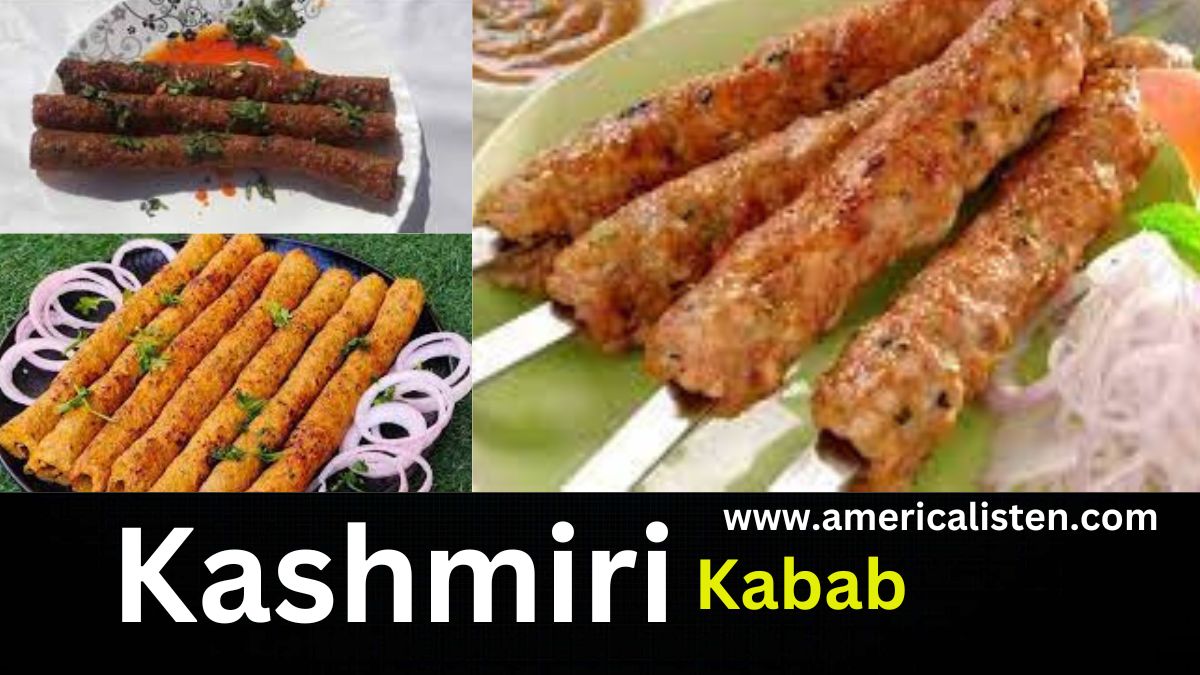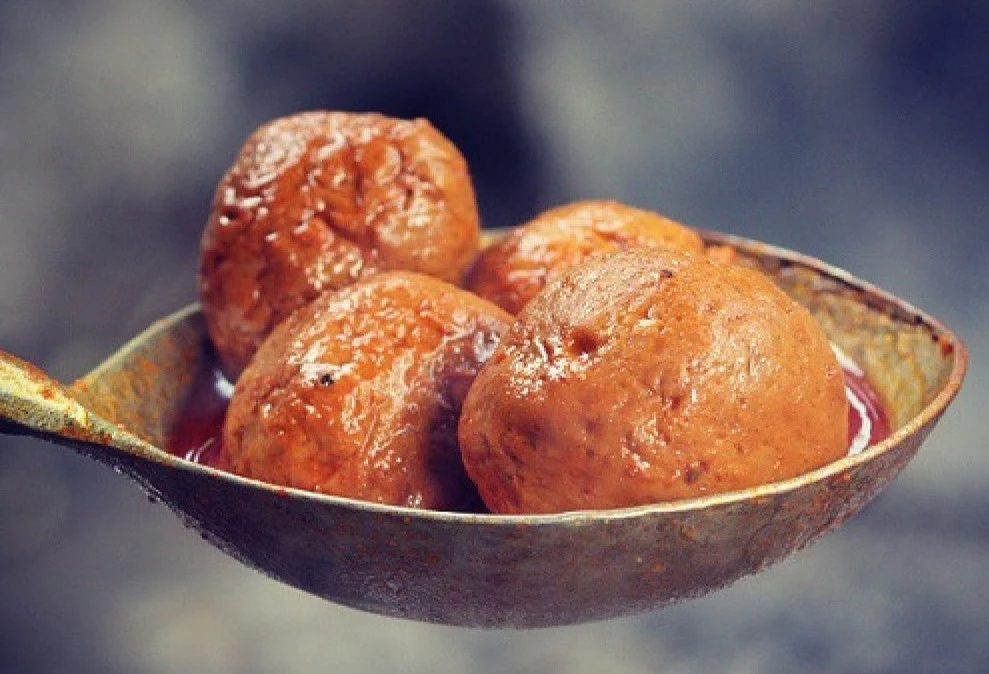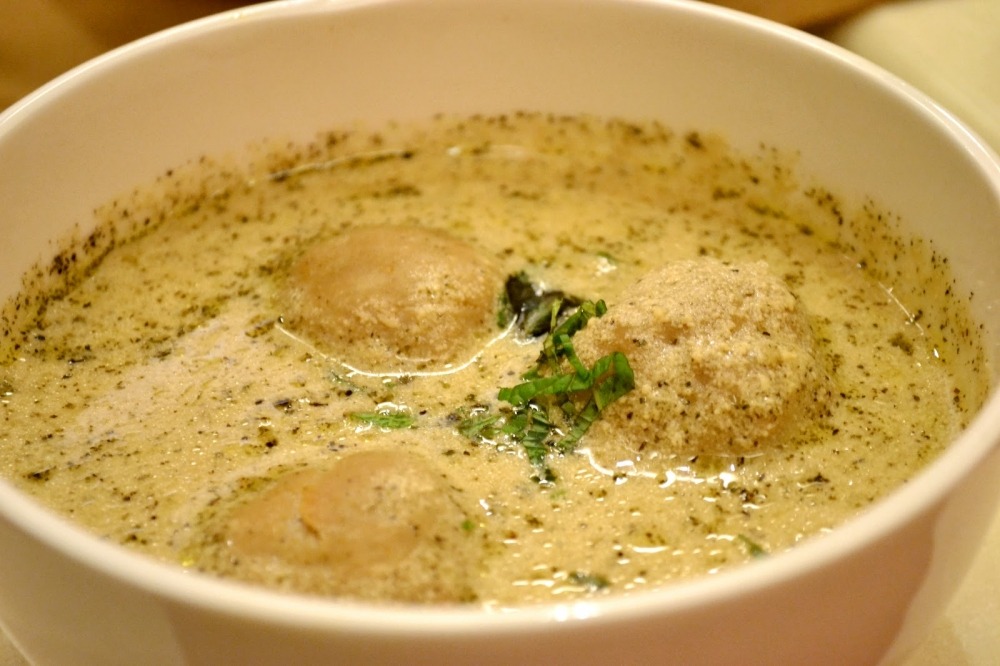Nestled amidst the breathtaking valleys and snow-capped peaks of the Himalayas, Kashmir is not only renowned for its stunning landscapes but also for its rich culinary heritage. Among the myriad of delightful dishes that adorn Kashmiri cuisine, one stands out for its exquisite taste and aromatic blend of spices – the Kashmiri kabab.
Origins and Ingredients
The origins of Kashmiri kabab can be traced back centuries, rooted in the culinary traditions of the region. This dish embodies the essence of Kashmiri cuisine, characterized by its use of fragrant spices and locally sourced ingredients.
At the heart of Kashmiri kabab is tender, succulent meat – typically lamb or chicken – finely minced to perfection. To this base, a medley of spices is added, each contributing its unique flavor profile to the dish. Kashmiri cuisine is known for its subtle use of spices, with favorites including cloves, cardamom, cinnamon, and fennel seeds. Additionally, saffron, the prized spice of Kashmir, lends its vibrant hue and distinct aroma to the kababs, elevating them to a culinary masterpiece.
Preparation and Cooking
The preparation of Kashmiri kabab is a labor of love, requiring patience and skill to achieve the perfect balance of flavors. The minced meat is marinated in a mixture of yogurt, garlic, ginger, and a blend of ground spices, allowing it to absorb the rich flavors overnight. This marination process not only tenderizes the meat but also infuses it with the aromatic spices, resulting in a melt-in-your-mouth texture and a burst of flavors with every bite.
Traditionally, Kashmiri kababs are cooked over a charcoal grill or in a tandoor, imparting a smoky aroma and a subtle charred crust to the meat. The slow cooking process ensures that the kababs remain juicy and flavorful, while the gentle heat allows the spices to mingle harmoniously, creating a symphony of flavors that dance on the palate.
Serving and Accompaniments
Kashmiri kababs are often served as part of a lavish feast, accompanied by an array of side dishes and condiments. These may include fragrant saffron rice, freshly baked naan bread, and a selection of chutneys and pickles to tantalize the taste buds.
One of the hallmarks of Kashmiri cuisine is its use of dairy products, particularly yogurt and cream, to balance the heat of the spices. A dollop of creamy yogurt or a drizzle of fragrant saffron-infused cream is the perfect accompaniment to the smoky, spicy flavors of the kababs, adding a touch of indulgence to the meal.
Conclusion
In conclusion, Kashmiri kabab is more than just a dish – it is a culinary masterpiece that embodies the rich heritage and cultural diversity of Kashmir. From its origins steeped in tradition to its exquisite flavors and aromas, the Kashmiri kabab is a testament to the skill and artistry of Kashmiri chefs.
Whether enjoyed as a hearty meal with family and friends or savored as a special treat on a chilly winter evening, Kashmiri kabab never fails to delight the senses and transport the diner on a culinary journey through the majestic valleys of Kashmir.
Taste of Kashmiri kabab
Kashmiri kabab is a culinary delight that offers a symphony of flavors with every bite. The tender, succulent meat, whether lamb or chicken, is infused with a blend of aromatic spices that include cloves, cardamom, cinnamon, and fennel seeds. The addition of saffron, the prized spice of Kashmir, adds a subtle sweetness and a vibrant hue to the kababs.
The slow cooking process, whether over a charcoal grill or in a tandoor, imparts a smoky aroma and a charred crust to the meat, enhancing its flavor profile. The result is a melt-in-your-mouth texture that is juicy, flavorful, and rich in spices. The use of yogurt and cream in the marinade and as accompaniments adds a creamy texture and helps balance the heat of the spices, creating a harmonious blend of flavors that is both indulgent and satisfying.
Overall, Kashmiri kabab is a culinary masterpiece that offers a unique taste experience, combining the rich flavors of Kashmiri spices with the tender texture of grilled meat. It is a dish that is sure to delight the senses and leave a lasting impression.
Potential Health Benefits of Kashmiri Kabab
While Kashmiri kabab is undoubtedly a delicious indulgence, its ingredients offer several potential health benefits:
- Protein Source: The primary ingredient of Kashmiri kabab is minced meat, typically lamb or chicken, which is rich in high-quality protein. Protein is essential for muscle growth and repair, as well as overall cellular function in the body.
- Nutrient-Rich Spices: The spices used in Kashmiri kabab, such as cloves, cardamom, cinnamon, and fennel seeds, not only add flavor but also provide various health benefits. For example, cloves are rich in antioxidants and have anti-inflammatory properties, while cardamom may help improve digestion and reduce blood pressure.
- Saffron: Saffron, a prized spice in Kashmiri cuisine, is known for its antioxidant properties and potential health benefits. It may have antidepressant effects, help improve mood, and contribute to heart health by reducing cholesterol levels.
- Yogurt and Garlic: The marinade for Kashmiri kabab often includes yogurt and garlic, which offer additional health benefits. Yogurt is a good source of probiotics, which support gut health and digestion, while garlic has antibacterial and antiviral properties and may help boost the immune system.
- Balanced Diet: When enjoyed as part of a balanced diet that includes a variety of other foods, Kashmiri kabab can contribute to overall nutritional intake. Pairing it with whole grains like rice or whole wheat bread and plenty of vegetables can further enhance its nutritional value.
It’s important to note that while Kashmiri kabab offers these potential health benefits, moderation is key, especially considering its high-fat content and calorie density. Additionally, individual health considerations and dietary restrictions should always be taken into account when enjoying any dish.



I don’t think the title of your article matches the content lol. Just kidding, mainly because I had some doubts after reading the article.
YOU ARE WRONG